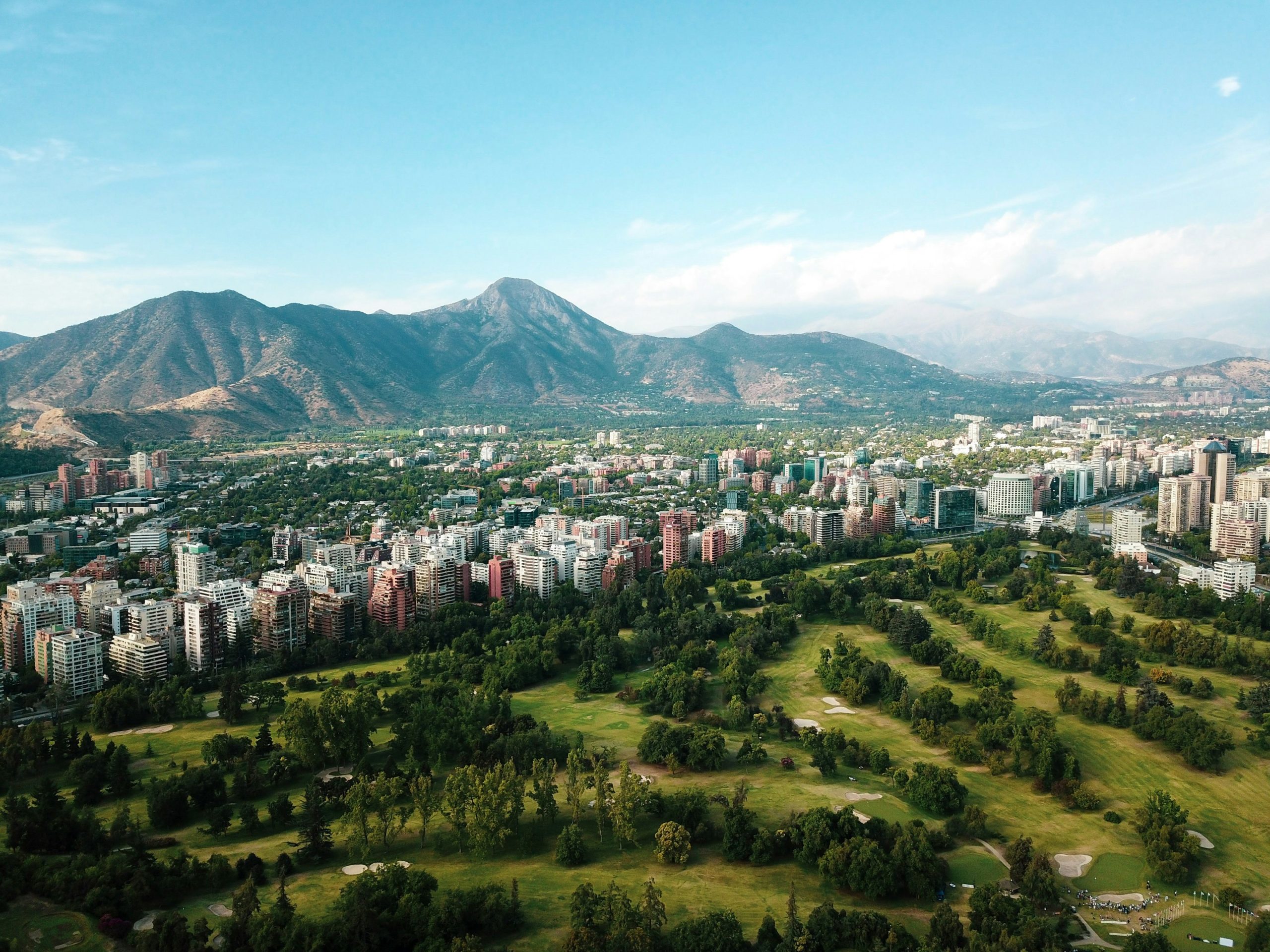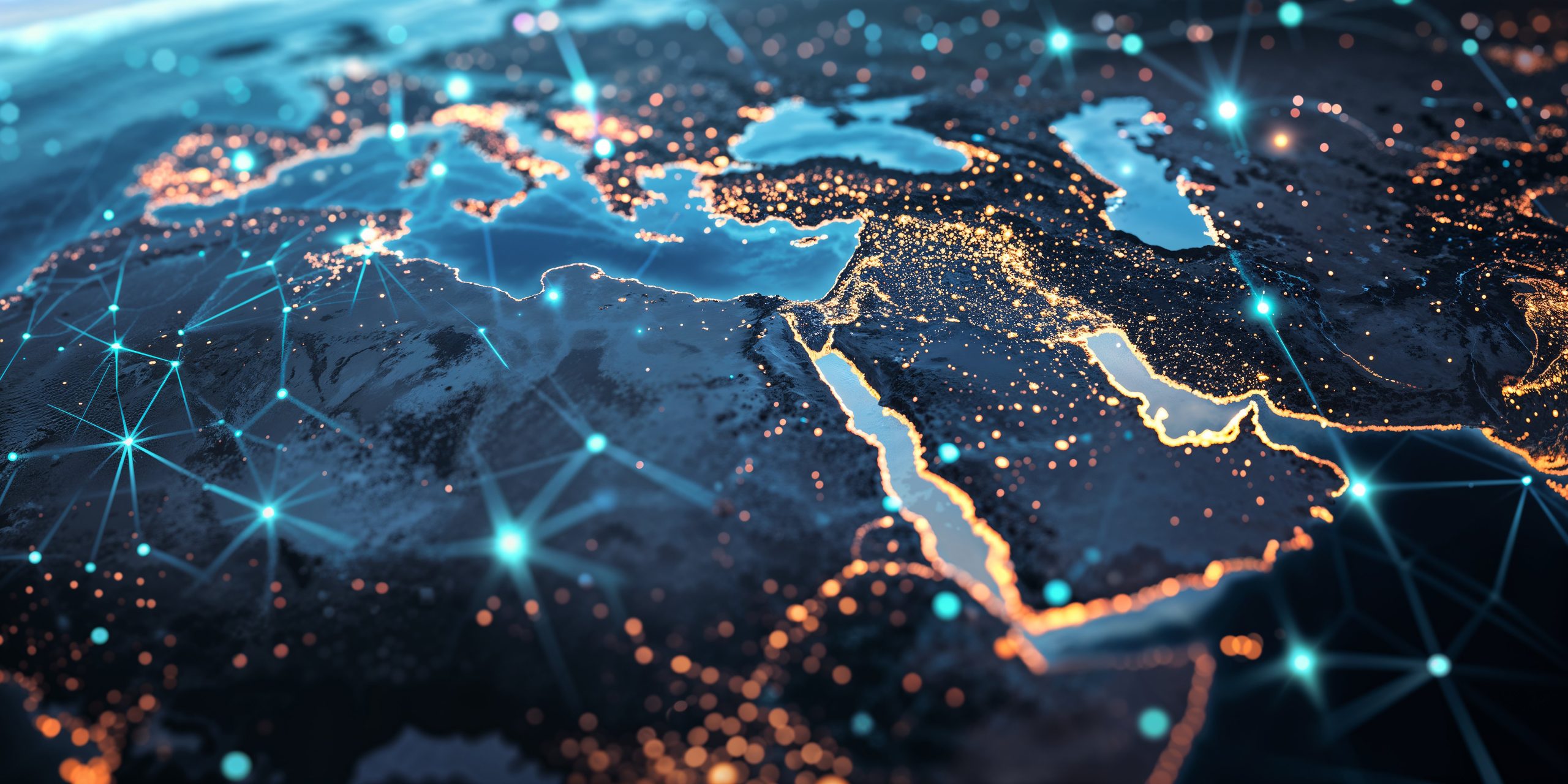Denmark’s New Off-shore Wind Tender Spells Great News for Scandi-hydrogen

On the morning of 22 April, Denmark woke up to its biggest off-shore wind tender ever. The tender (which does not include any subsidies) lets companies compete for the right to build six wind farm sites on four zones in Danish water.
The aim will be to produce 6 GW of electricity, which is more than double the amount Denmark currently produces (2.7 GW)
Participants of the off-shore wind tender will compete over the price they pay the state over 30 years to win the right to erect the wind farms. The state would own a 20% stake in each of the tendered projects.
“We are pleased that we can now offer the largest off-shore wind tender in Denmark to date. This is a massive investment in the green transition,” Kristoffer Bottzauw, head of the Danish Energy Agency, said in a statement.
Participants will compete over the price they pay the state over 30 years to win
This follows an agreement made on 30 May 2023, in which the Danish government and a broad majority of political parties agreed upon tender frameworks for 6 GW of offshore wind and 3 GW at Bornholm Energy Island. The 6GW are located as follows:
- Minimum 3 GW in the North Sea I
- Minimum 1 GW at Kattegat
- Minimum 1 GW at Kriegers Flak II
- 0.8-1.2 GW at Hesselø.
In actual fact, The sites have the combined capacity to generate up to 10 GW. The Danish ministry has speculated that it could be even more. The 6 GW will go a long way in contributing towards the Danish target to reduce CO2 emissions by 70% from 1990 levels by the end of this decade. The rest will be used in collaboration with neighbouring countries or to make green hydrogen,
“We can produce hydrogen and green fuels for ships and planes. It is projects of this scale that can make a big, green difference for the climate and for our security. Not just for Denmark, but for all of Europe,” said Lars Aargaard, Denmark’s Minister for Climate, Energy and Utilities.”
Denmark implementation making “big, green difference”
Denmark’s “big, green difference” as Lars Aargaard calls it, is already apparent. Denmark is a leading producer of green hydrogen. This is hydrogen produced via electrolysis using electricity from renewable sources like wind or solar.
At the forefront of Denmark’s hydrogen sector are ‘Topsoe’, a leading provider of carbon emission reduction technologies. The revolutionary technology they use, for example, the Solid Oxide Electrolyser Cell (SOEC) is increasingly being deployed worldwide due to its efficiency and scalability.
In other areas, Denmark has agreed to finance a hydrogen pipeline network linking the Jutland peninsula to Northern Germany, on the basis that all hydrogen is green.
Linea Søgaard-Lidell, a climate, energy and supply rapporteur for the Danish Liberal Party spoke on it, “We are now one step closer to securing the framework for the green adventure that hydrogen can become for Denmark, and ensuring the necessary transparency for the companies that also see the potential in green hydrogen”

